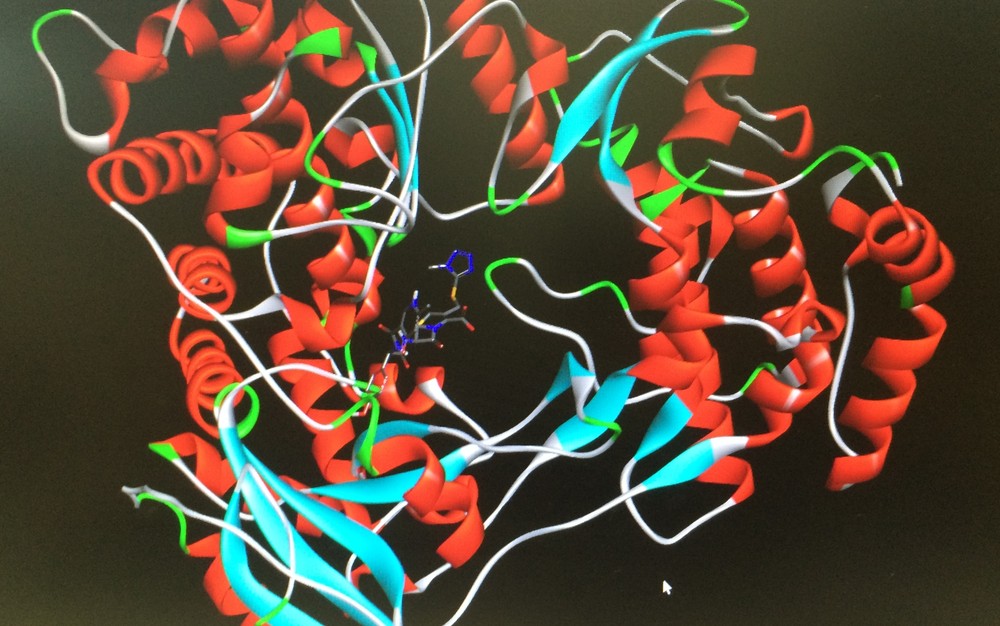“Vemos epidemias de dengue há cerca de 30 anos e ficamos refratários a ouvir falar sobre a doença. Com o zika, realmente saímos da zona de conforto, ficou clara a importância do controle doméstico do mosquito, e acredito que houve uma reação mais forte do poder público e da esfera privada” Denise Valle Instituto Oswaldo Cruz, em entrevista ao Nexo
Em julho de 2016, um estudo publicado na revista “Science” previu que a epidemia de zika na América Latina acabaria até o final de 2017. Isso não ocorreria devido a medidas de combate ao Aedes aegypti ou à descoberta de uma vacina, mas a um fenômeno cíclico bastante conhecido pela medicina: a “imunidade de rebanho”. Ele diz respeito à maneira como, quando indivíduos são infectados por um vírus e sobrevivem, seu corpo mantém defesas naturais contra ele. Conforme um grande número de pessoas de uma população é infectado e sobrevive, sobra uma proporção menor da população vulnerável a ele. Dessa forma, o processo de propagação da doença como um todo é prejudicado: apesar de continuar a haver pessoas vulneráveis, há uma chance maior de que um mosquito infectado pique alguém imune, o que diminui a velocidade de propagação de um vírus. Quem se torna imune serve de proteção para o resto das pessoas.

Leia mais





















